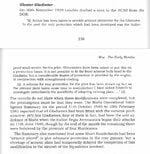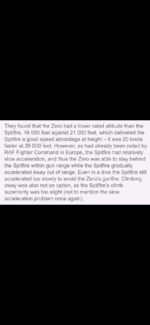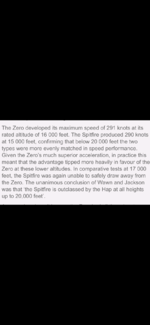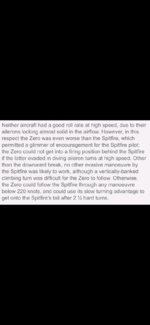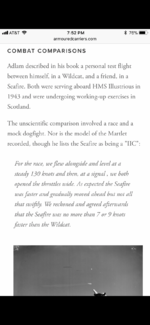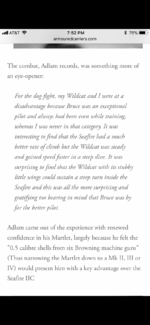- Thread starter
- #301
The Groundhog lost 40-50 gallons by the time they figured out decent self sealing tanks that would fit in the same space.
Unfortunately, the Groudhog was with 12 small tanks by the time of the C version. Each small tank now becoming a self-sealing tank (with the D version) cut the amount of fuel to a pitiful level for an Ameican fighter.
Last edited:

